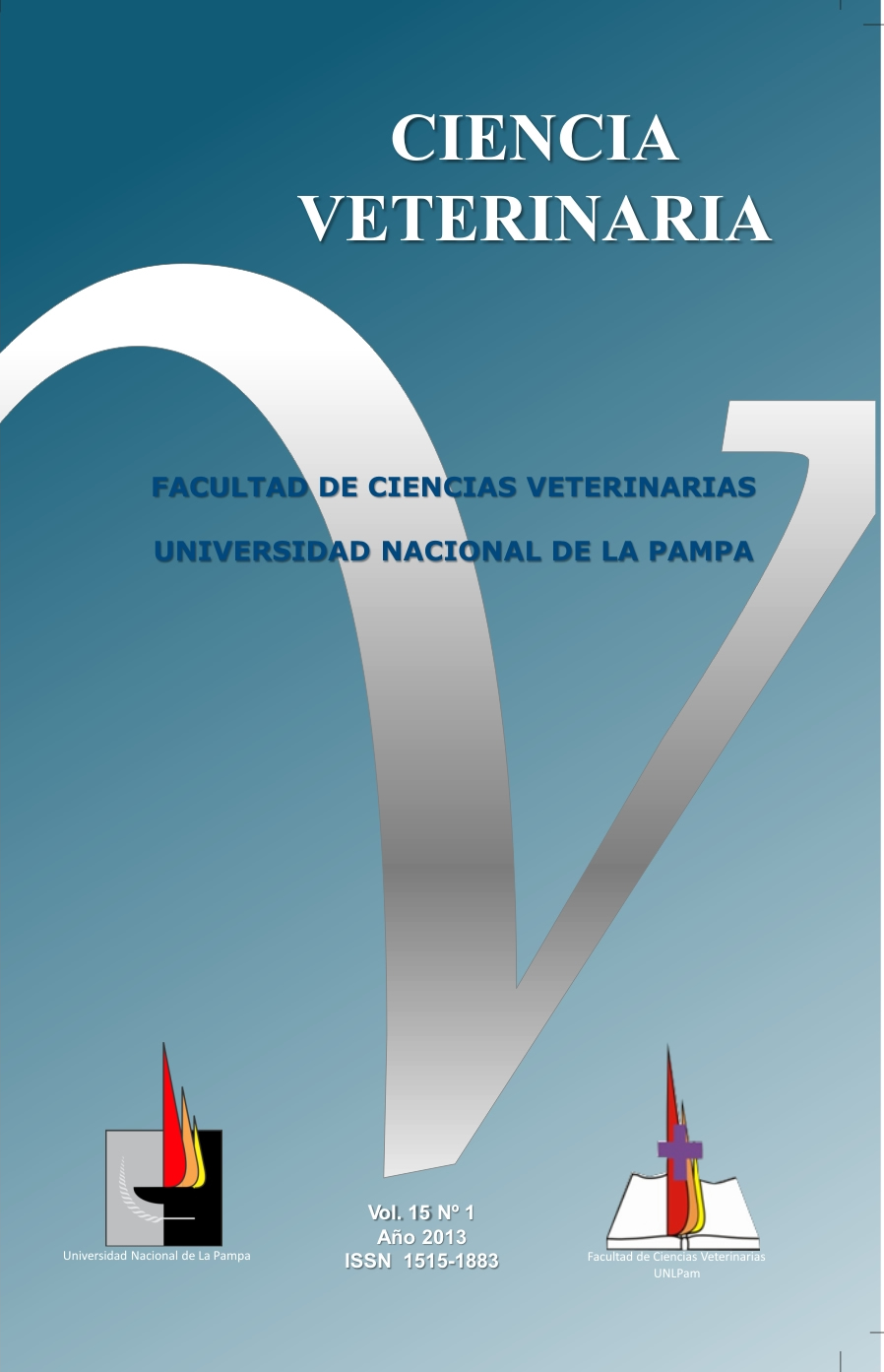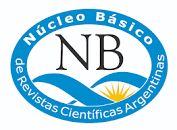Plastination: a contribution to orthopedic surgery teaching in small animals
Keywords:
Dog, Surgery, Orthopaedic, PlastinationAbstract
The teaching of surgical techniques in under graduated courses requires materials which will allow the students to develop psychomotor skills to perform surgical procedures of osteosynthesis. The authors evaluated the benefits of the use of plastinated specimens in the teaching of the surgical resolution of femoral fractures. Twenty two students who were taking the Surgical Technique and Pathology Course, School of Veterinary Sciences-National University of LaPampa. The students worked in pairs, playing the roles of surgeon and assistant, to reduce and stabilize a transversal diaphisiary fracture of a canine femur previously plastinated using the retrograde intramedular pinning technique. The material was satisfactorily evaluated by means of students opinion surveys, and the graphic register of the experience corroborated the possibility to perform the technique described in the bibliography in the plastinated specimens. All the pairs of students acted as members of a surgical team, reducing and stabilizing the fracture in a satisfactory way. 80% of the surveys found similarities between the plastinated specimens and the real ones. The authors have found that of the six procedures required to solve a fracture, the reduction procedure is the only one that cannot be performed in a similar way to reality. They conclude that 1plastinated models offer a valid model for undergraduates who need to acquire psychomotor skills and to be trained in the performance of intramedular pinning procedures.Downloads
Downloads
Published
How to Cite
Issue
Section
License
Al momento de enviar sus contribuciones, los colaboradores deberán declarar , de manera fehaciente, que poseen el permiso del archivo o repositorio donde se obtuvieron los documentos que se anexan al trabajo, cualquiera sea su formato (manuscritos inéditos, imágenes, archivos audiovisuales, etc.), permiso que los autoriza a publicarlos y reproducirlos, liberando a la revista y sus editores de toda responsabilidad o reclamo de terceros , los autores deben adherir a la licencia Creative Commons denominada “Atribución - No Comercial CC BY-NC-SA”, mediante la cual el autor permite copiar, reproducir, distribuir, comunicar públicamente la obra y generar obras derivadas, siempre y cuando se cite y reconozca al autor original. No se permite, sin embargo, utilizar la obra con fines comerciales.



4.png)


7.png)



